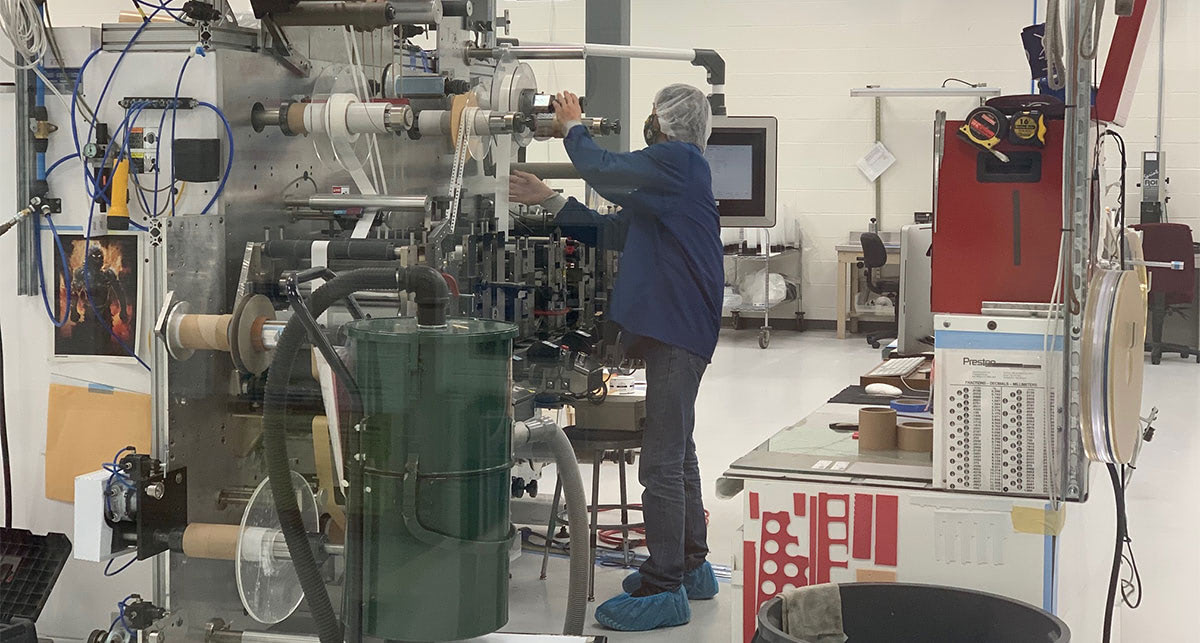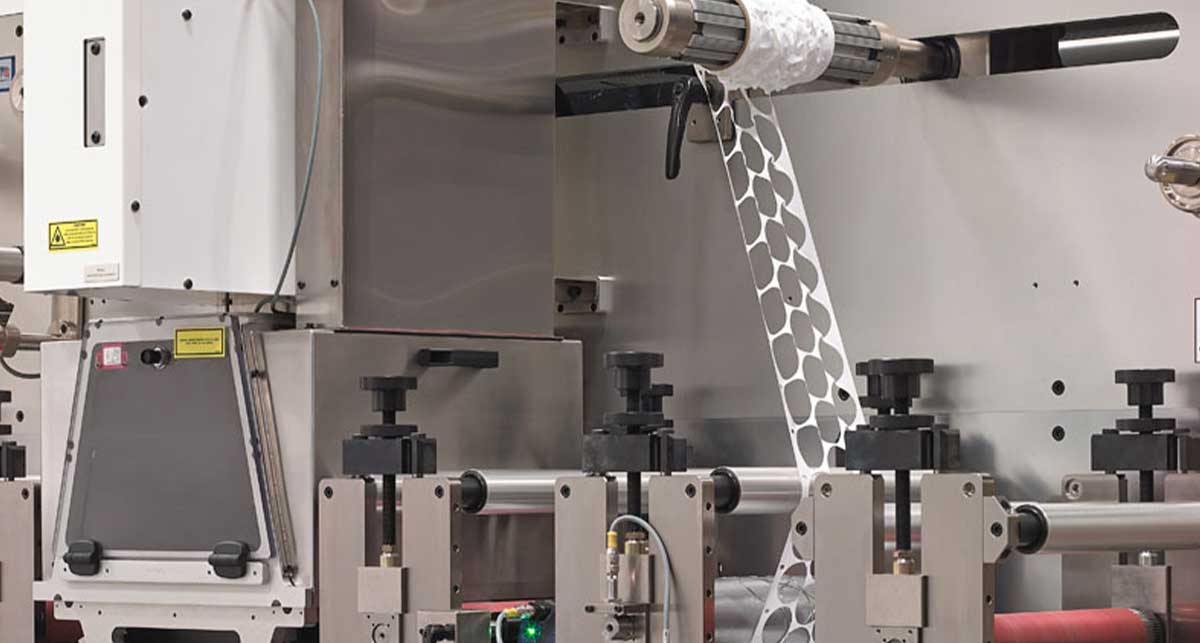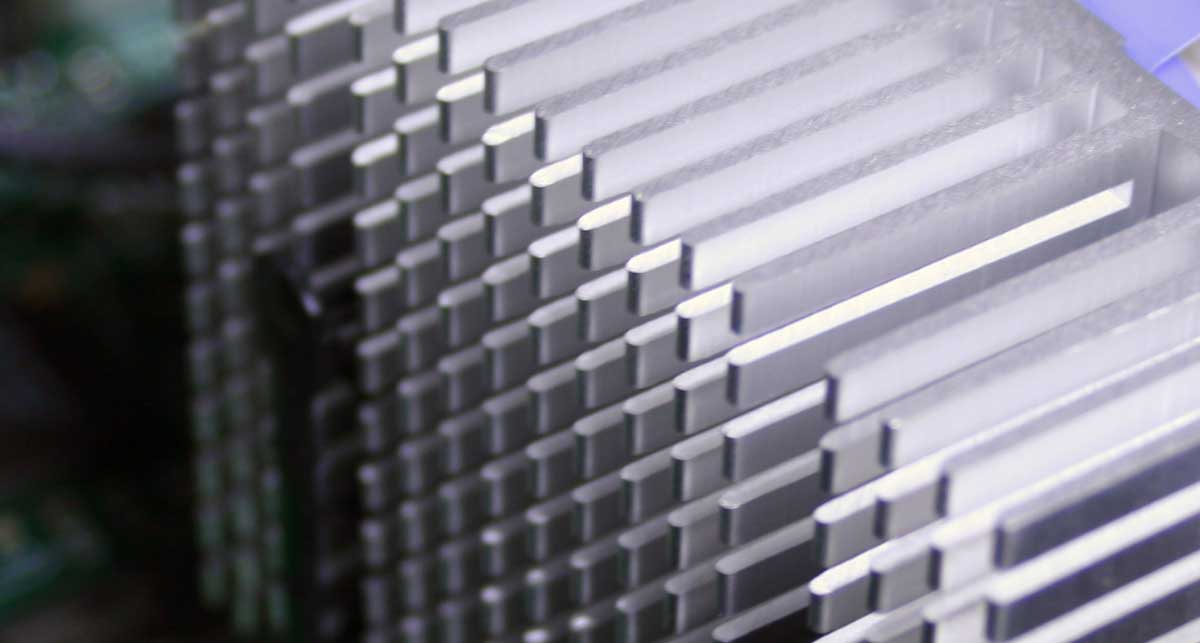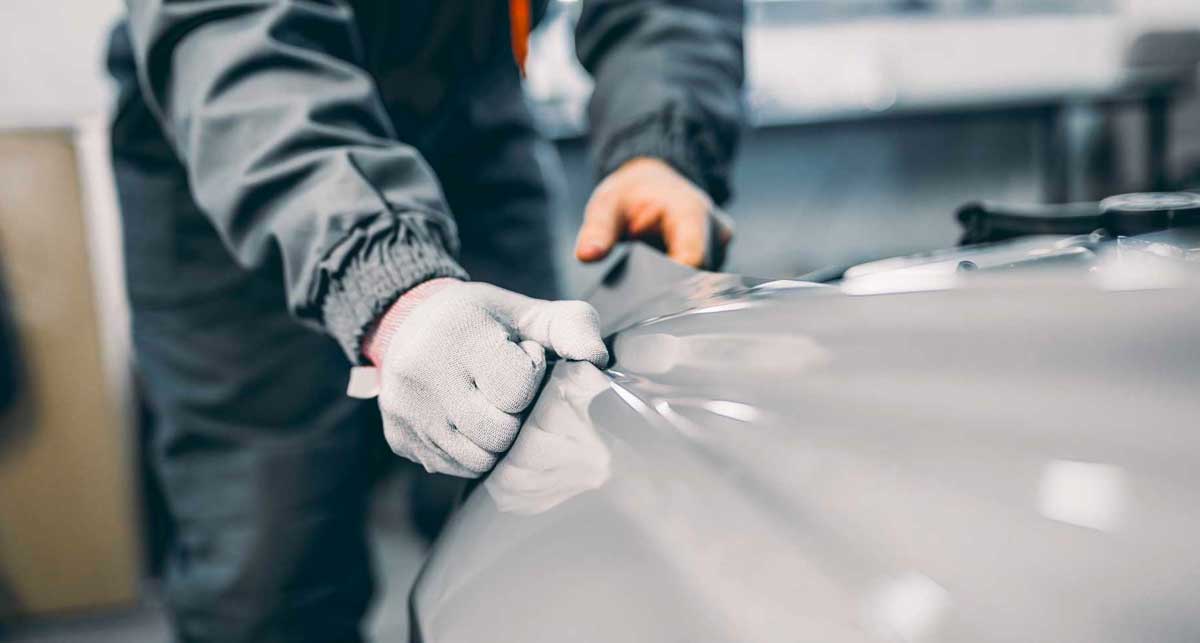Let’s all agree that building an EV battery pack is slightly more complicated than assembling the perfect sandwich.
If you’ve ever constructed a battery pack, you know that sourcing individual components can be a lengthy process. Rather than stopping by one grocery store for all your ingredients, it’s more like visiting six stores. Not to mention, once you’ve gathered all of the ingredients, you might still forget to use one.
Strouse has helped build a wide range of custom EV products, from gaskets to conductive thin bonding solutions. Given the number of battery components, we recognize that simplifying the design and packaging is essential to an efficient production process.
As you begin planning your manufacturing process, you’ll want to learn how kitting will reduce the risk of delays and improve the speed and efficiency of EV battery pack assembly. Read on as we discuss.
Why Use Adhesive Tape in Battery Pack Assemblies?
EV innovation is a fast-paced field dominated by cutting-edge adhesive formulas. To keep up, you’ll first need to decide whether adhesive tape suits your design better than other solutions like mechanical fasteners, thermal paste, or liquid adhesives.
Here’s why you should consider using tape for your project:
- Lightweight
- Improves assembly speed and consistency
- Condenses parts into multifunctional solutions
- Less messy than liquid adhesives
- High bond strength & temperature-resistant options
Adhesive tape is lighter than mechanical fasteners and can provide cushioning or dielectric advantages. This multifunctionality makes it more versatile than other solutions. Using tape also helps you avoid the disadvantages of using liquid adhesives, such as drying/curing times or the risk of uneven distribution.
Now, let’s inspect the types of components you might find inside a kit intended for EV battery pack assembly.
What Goes into an Adhesive Tape Kit for EV Batteries?
When kitting parts for the most structured battery pack assembly, you’ll want to strive for maximum efficiency and consolidate as much as possible. Let’s review some of the different parts you might include.
1. CELL-TO-CELL BONDING COMPONENTS
Arguably, the most essential role of adhesive tape in EV batteries is bonding cells together and bonding cells to modules.
Cell-to-cell bonding is often performed using pressure-sensitive adhesive (PSA) tapes made from thin materials such as Kapton tape, which also offers dielectric resistance. These bonding solutions frequently call for multi-layer laminations with other materials, such as thermal gap fillers or dielectric barriers.
Certain EV materials, like brittle mica, can be challenging to laminate with adhesive, but an experienced converter will have the experience and equipment to deliver complex cell bonding solutions.
2. EV BATTERY THERMAL MANAGEMENT
Due to the prevalence of thermal runaway in electric vehicles, thermal management components are essential to maintaining an optimal temperature.
Thermal management components include gap pads, thermal interface materials (TIMs), and heat-dissipative or insulative parts. They are often used in:
- Thermal control
-
- Seal excess heat
- Combat unequal heat distribution
-
- Dielectric protection
- Reduce arcing
- Avoid overheating
- Cushioning against damage
-
-
- Prevent thermal propagation
-
Thin conductive pressure-sensitive adhesives can also bond features such as EV battery heat shields or heat sinks and help control the flow, reducing the risk of errors caused by high temperatures. With the right adhesive parts, you can optimize the battery cooling and thermal management systems to extend the average lifespan of your EV battery.
3. ELECTRICALLY INSULATIVE PARTS
Electrical insulation helps keep the EV battery from surpassing a set voltage to avoid arcing and shorting that may cause machine failure.
Busbars and cell bonding systems allow electrical current to flow throughout the battery system; however, this might be disrupted by a current that is too strong or has sudden fluctuations. In addition, conductive materials for heat are often electrically conductive, which can lead to more issues.
To avoid electrical surges in the battery management system, EV manufacturers employ electrically insulative parts such as films, which can help control voltage fluctuations and flow.
4. SIGNAL SHIELDING COMPONENTS
Even a decade ago, touch-interface car dashboards seemed like something out of a Ray Bradbury adaptation. Today, they are routine, meaning EMI protection is more critical than ever.
Multiple reasons may cause an electric vehicle to experience electromagnetic interference, including the close proximity of high- and low-voltage cables or magnetic fields caused by the charging process.
Using EMI shielding materials like pre-tin plated steel, copper, aluminum, and EMI shielding films or foils in your battery pack can help protect it from stray signals that might disrupt vehicle functionality.
Kitting in the Battery Pack Assembly Process
An EV battery kit is a combination of parts packaged together for assembly. For instance, a label kit might have all your battery pack labels in one place.
Kits are especially useful when assembling a specific area that requires consistent parts or a fixed number of pieces for each build. By using a kit, manufacturers can streamline part application and ensure no components are overlooked. Additionally, sourcing kits from a single supplier simplifies procurement by reducing supply chain complexity and minimizes the risk of delays caused by sourcing parts from multiple vendors.
The Future of EV Batteries Using Adhesive Tapes
Tape's versatility and ease of creating custom designs have kept it at the forefront of EV battery innovation. So, how can it suit your needs? Using die cutting, you can build complex tape designs with tight tolerances, resulting in consistent part components for manufacturing automation.
Additionally, rapid adhesive prototyping services speed up product development, allowing engineers to test material and design variations. These optimized designs will lead to an efficient and economical process, which is essential when you plan to increase production scale.
As you begin the manufacturing process, you will likely have questions. An experienced converter can help you source suitable materials and plan your design.
Product development is multi-faceted, and the sooner you get started, the more you’ll be able to improve your design for the best results. If you want to learn more about the production process, check out our guide or contact us with questions about adhesive tape in EV batteries.
%20(1)-min.png?width=290&name=Untitled%20(52)%20(1)-min.png)






